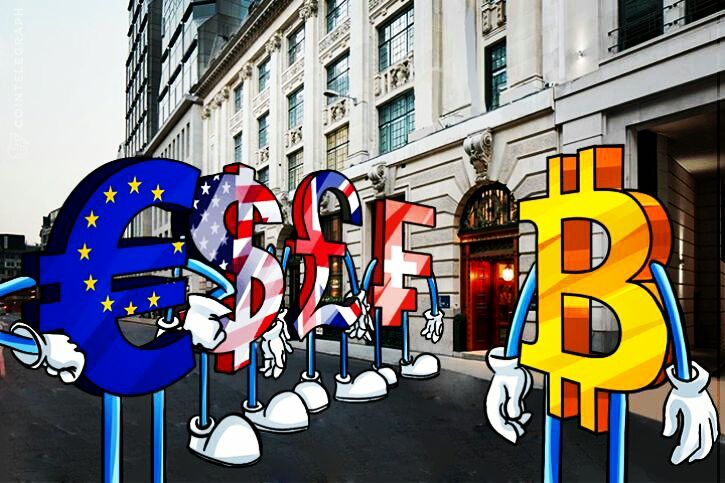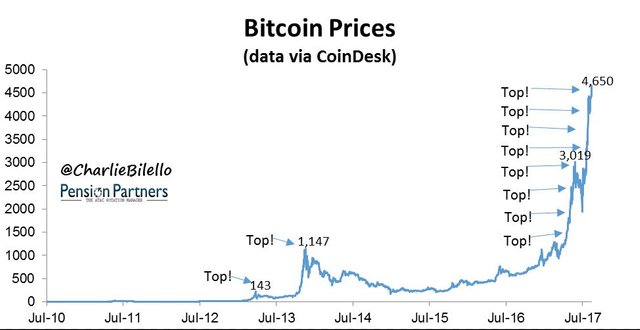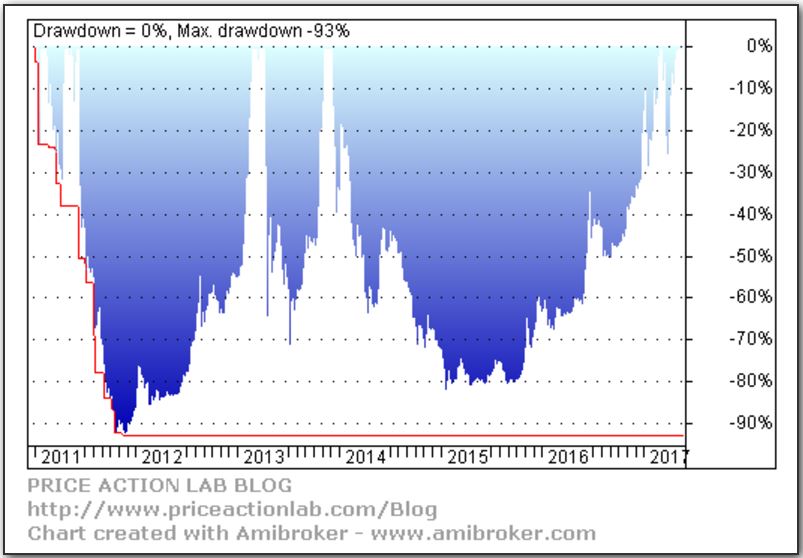Bitcoin’s fantastic triple-digit returns so far this year have captured investors’ attention, while also fueling fears of a bubble. And analysts say investors tempted to use cryptocurrencies as a hedge should beware that its characteristics may make it unsuitable even as a part of a diversified portfolio.

First, consider bitcoin’s BTCUSD, +0.49% volatility. The value of a single bitcoin has risen by more than 300% year to date, but its daily annualized volatility is unlike any traditional asset, with stomach-churning pitches and yaws that may leave average investors dizzy.
“People assume bitcoin is a safe asset because it appreciated so much this year. Compared to the S&P 500, which is up 10% this year, bitcoin has been on steroids. But over the past five years, its daily annualized volatility is about 86%,” said Charlie Bilello, director of research at Pension Partners.

To put those moves in perspective, since September 2012, the daily annualized volatility of the S&P 500 SPX, -0.10% was about 12%, according to FactSet. Long-term average volatility of the index is about 16.7%. This figure indicates the dispersion of annual returns. For example, long-term average annual expected returns of U.S. stock is about 8%, but could range from negative 8.7% to 14.7% in any given year.
To give you an idea of what 86% volatility means, look at this chart from Michael Harris, author of “Fooled by Technical Analysis.” He notes bitcoin prices collapsed more than 90% in 2011 and more than 80% in 2015.

Since the daily correlation between bitcoin and the S&P 500 is zero, many people come to view it as a true alternative to stocks, but it would be unreliable as a hedge, according to Bilello.
“Bitcoin and U.S. stocks don’t move together on a daily basis. They are basically independent of each other and I don’t see any fundamental reason for bitcoin and stocks to have a negative relationship. In this case, it is a bit like gold, it has zero correlation to stocks,” Bilello said.
That means that there is about a 50% chance that when stocks fall, bitcoin prices will fall in step.
“Since August 2010, the S&P 500 has had drops of 5% or more 15 times and bitcoin has been down during 10 of those corrections with an average return of [negative] 2.8% and a median return of [ negative] 5.7%,” Bilello said.
But correlations aren’t static and they tend to change over time, especially during a crisis. For example, during the 2007-09 financial crisis, correlations between all assets rose. Meaning, assets tend to advance and fall at the same time. Gold prices, which normally move inversely to risk assets like equities, became correlated with equities and both assets fell in unison.
“Bitcoin is not a reliable hedge to U.S. stocks. Besides, its extreme volatility would make a portfolio far more riskier. But allocating to bitcoin relative to its market cap in a global portfolio would not make any difference to a global portfolio because you would be allocating less than 1%,” Bilello said.
Bitcoin’s price was little changed at $4,636 on Thursday, bringing the digital currency’s market value to $76.7 billion.
While the value has risen nearly sevenfold over the past 12 month, it is still rather small compared with the basket of global assets, if you consider that the S&P 500 alone has a value of more than $20 trillion.
Bilello thinks that eventually, as more people use and own bitcoins, its value will increase and volatility decrease. But until such time, bitcoin remains a wildly, risky asset that has a potential to erase much of its value in a single year.
MY OTHER POSTS ABOUT BITCOINS ARE:




Hi! I am a robot. I just upvoted you! I found similar content that readers might be interested in:
http://www.marketwatch.com/story/why-bitcoin-isnt-a-reliable-hedge-against-stock-market-moves-2017-09-07/
Downvoting a post can decrease pending rewards and make it less visible. Common reasons:
Submit